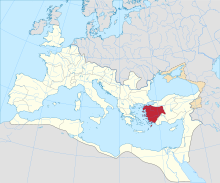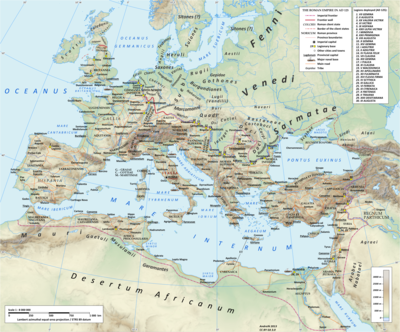| Provincia Asia ἐπαρχία Ἀσίας | |||||||||||||||||
|---|---|---|---|---|---|---|---|---|---|---|---|---|---|---|---|---|---|
| Province of the Roman Empire | |||||||||||||||||
| 133 BC–7th century | |||||||||||||||||
 The province of Asia highlighted within the Roman Empire. | |||||||||||||||||
| Capital | Pergamon (modern Bergama, Turkey), later moved to Ephesus (modern Selçuk, Turkey) | ||||||||||||||||
| Historical era | Classical Antiquity - Late Antiquity | ||||||||||||||||
• Conquest of Pergamon | 133 BC | ||||||||||||||||
• Division by Diocletian | c. 293 | ||||||||||||||||
• Anatolic Theme established | 7th century | ||||||||||||||||
| |||||||||||||||||
| Today part of | Turkey Greece | ||||||||||||||||


Asia (Ancient Greek: Ἀσία) was a Roman province covering most of western Asia Minor (Anatolia), which was created following the Roman Republic's annexation of the Attalid Kingdom in 133 BC. After the establishment of the Roman Empire by Augustus, it was the most prestigious senatorial province and was governed by a proconsul. That arrangement endured until the province was subdivided in the fourth century AD.
The province was one of the richest of the Empire and was at peace for most of the Imperial period. It contained hundreds of largely self-governing Greek city-states, who competed fiercely with one another for status, through appeals to the Imperial authorities and the cultivation of prestigious cultural institutions such as festival games, religious cults, and oratory.